Healthy hip development is crucial for a baby’s growth and mobility. However, in some infants, the hip joint does not form properly, a condition known as Developmental Dysplasia of the Hip (DDH). If not detected early, hip dysplasia can lead to walking problems, limping, pain, and even arthritis in later life. The good news is that when identified and treated early, most cases can be corrected without surgery.
As a parent, being aware of the early warning signs of hip dysplasia can make all the difference in your child’s future mobility.
What is Hip Dysplasia?
Hip dysplasia occurs when the ball-and-socket joint of the hip does not develop normally. In babies with DDH:
- The hip socket may be too shallow.
- The ball (femoral head) may be loose or unstable.
- In severe cases, the hip can become completely dislocated.
This condition is more common in girls, first-born babies, and babies born in breech position. Family history can also increase the risk.
Early Signs Parents Should Watch For
Detecting hip dysplasia early is often possible by observing your baby’s posture, leg movements, and walking milestones. Look out for these signs:
1. Uneven Leg Length
One leg may appear shorter than the other when your baby is lying down.
2. Asymmetrical Skin Folds
Extra or uneven folds on the thighs or buttocks can be an early clue.
3. Limited Hip Movement
Difficulty spreading your baby’s legs apart (for example, during diaper changes) can signal hip instability.
4. Clicking or Popping Sounds
You may hear or feel a “click” when moving your baby’s hip.
5. Limping or Waddling Gait (in Older Babies)
If left undetected until your baby begins walking, hip dysplasia may cause a limp or waddling walk.
Why Early Detection is Crucial
The earlier hip dysplasia is diagnosed, the easier and more effective treatment can be. Early intervention may include:
- Pavlik harness or brace – to hold the hips in the correct position.
- Physical therapy – to support hip alignment and mobility.
- Monitoring with ultrasounds or X-rays – to track development.
If detected late, treatment may require surgery, casting, or long-term bracing, and outcomes may not be as favorable.
How Doctors Diagnose Hip Dysplasia
At routine check-ups, pediatricians and orthopedic specialists perform hip stability tests to detect signs of DDH. If needed, imaging tests such as ultrasound (in babies under 6 months) or X-ray (in older infants) confirm the diagnosis.
Parents should never hesitate to ask their doctor for a hip check if they notice any warning signs.
Supporting Your Baby’s Hip Health at Home
Some everyday practices can help lower the risk of worsening hip dysplasia:
- Avoid tight swaddling of the legs – allow free hip movement.
- Use baby carriers that support the thighs and hips (“M-position” seating).
- Encourage tummy time and gentle leg exercises for natural hip development.
Conclusion
Hip dysplasia in babies is a condition that parents should not overlook. Recognizing early signs such as uneven leg length, limited hip movement, or asymmetrical thigh folds can lead to timely diagnosis and treatment. With proper care, most babies with hip dysplasia grow up to walk, run, and play without long-term issues.
If you notice any of these symptoms in your baby, consult an orthopedic specialist immediately. For expert evaluation and treatment, reach out to Dr. Nargesh Agrawal at Child OrthoCare.
Address: C-7, Ground Floor, D- Park, Model Town -3, New Delhi 110009
Mobile: +91 88517 77145
Website: www.childorthocare.online






